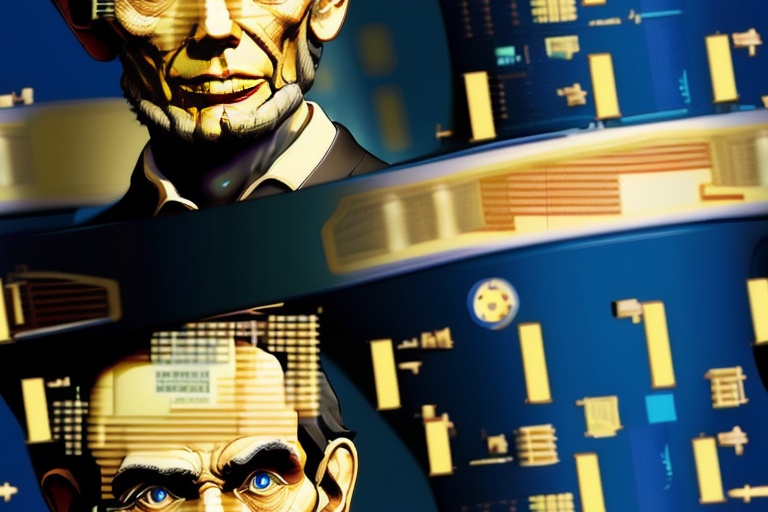The currency of the United Arab Emirates (UAE), the dirham, is more than mere legal tender; it is a symbol woven into the fabric of the nation's rich tapestry. The UAE, a federation of seven emirates situated in the Middle East, boasts the dirham as its official currency—a beacon of economic unity and cultural significance. For coin collectors and aficionados of the region's heritage alike, the dirham provides an intriguing window into the nation's past and present.
The currency of the United Arab Emirates (UAE), the dirham, is more than mere legal tender; it is a symbol woven into the fabric of the nation's rich tapestry. The UAE, a federation of seven emirates situated in the Middle East, boasts the dirham as its official currency—a beacon of economic unity and cultural significance. For coin collectors and aficionados of the region's heritage alike, the dirham provides an intriguing window into the nation's past and present.
History of the Dirham
Introduced in 1973 by the United Arab Emirates Currency Board, the dirham marked a pivotal moment in the UAE's financial history, replacing a patchwork of currencies such as the Gulf rupee and the Qatar and Dubai riyal. This transition came after India's devaluation of the Gulf rupee in 1966, which propelled the emirates to seek a more stable alternative. With Bahrain's dinar adopted by Abu Dhabi and the Qatar and Dubai riyal by other emirates, the dirham eventually emerged as the unified currency, heralding an era of economic consolidation and regional influence for the UAE.
The early days of the dirham were characterized by the minting of coins in various denominations: 1, 5, 10, 25, and 50 fils, as well as the 1 dirham piece. Crafted from bronze and cupro-nickel, these coins bore inscriptions in Arabic numerals and text, reflecting the nation's language and numeracy. As time marched on, updates in size and material were implemented to enhance the user experience and distinguish the dirham from other currencies.
One distinctive change occurred in 1995, when several coins were scaled down in size. Of particular note was the transformation of the 50 fils coin into a curve-equilateral-heptagonal shape— a design element that lent the currency a unique flair. Yet, despite such innovations, the 1 fils coin gradually faded from everyday circulation, with prices typically being rounded to the nearest 25 fils.
Commemorative Coins and National Pride
The UAE has also issued commemorative coins to honor significant milestones and figures in the nation’s storyline. From tributes to revered leaders to celebrations of key events, these coins have become treasured artifacts for collectors and patriots alike, offering material connections to moments in the UAE’s narrative.
Banknotes: A Blend of Art and Security
While coins carry their own charm, the dirham’s story extends to its banknotes, which are issued in denominations from Dhs 5 to Dhs 1,000. These notes are adorned with Arabic text and Eastern Arabic numerals on the front, while the reverse combines English text with Arabic numerals—a design decision fostering accessibility and recognition.
The UAE has woven security into the very fabric of its banknotes, featuring a falcon watermark on each bill to deter counterfeiters. This emblem of vigilance exemplifies the country's dedication to preserving the integrity of its currency system, ensuring both national pride and financial security.
Economic Stability and Global Exchange
Within the UAE’s borders, the dirham facilitates daily transactions and fuels the local economy. On a global scale, the dirham's value is anchored by its peg to the United States dollar, a decision that serves to stabilize the economy and simplify international trade partnerships.
The dirham encapsulates the UAE’s economic ambitions and cultural identity, serving as a testament to the country's trajectory from disparate local currencies to the current, cohesive monetary system. It stands as a symbol of the United Arab Emirates’ unity, growth, and vision for the future.
To coin enthusiasts and currency connoisseurs, the dirham extends an invitation to delve into the story of the UAE—a tale skillfully engraved in metal and printed on paper. It beckons those keen on peering into the nation's illustrious past and envisioning its dynamic future, all through the lens of numismatics.
The story of the United Arab Emirates dirham weaves together history, economy, and identity, revealing the rich fabric of the nation it represents. From its inauguration as the unified currency to its evolution in design and utility, the dirham reflects the Emirates' journey. Emblematic of the UAE’s unity and ambition, the dirham is more than currency—it is a narrative worth exploring. Whether you are an ardent numismatist or captivated by the lore of currencies worldwide, the dirham offers a compelling chapter in the annals of global finance.
Information for this article was gathered from the following source.




